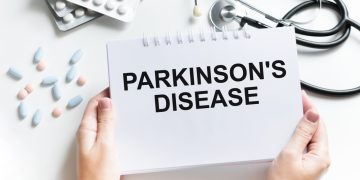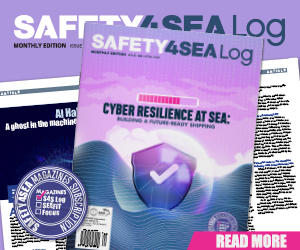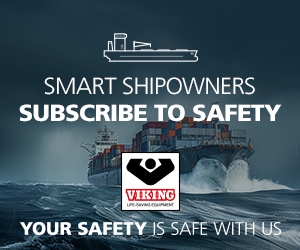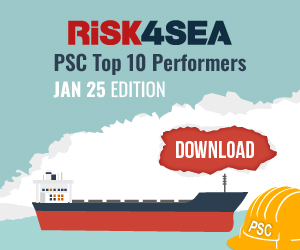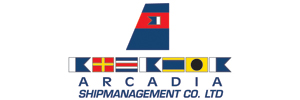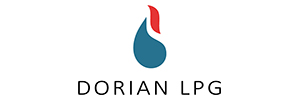The UK’s Department for Transport (DfT) published on 15 April the updated Port & Marine Facilities Safety Code.
In its latest update, as well as working with ports, the UK Government has increased to emphasis on third party operated marine terminals and facilities either within or outside a port authority.
There are also a number of updates to other guidelines and links to recent MAIB recommendations particularly within the Guide to Good Practice.
What does the Code do?
The Code has been developed to improve the safety of ports and marine facilities by:
- establishing nationally agreed standards;
- defining the role of the Duty Holder, Designated Person and other key personnel;
- clarifying responsibilities within, and between, different organisations; and
- holding organisations to account for safe and effective management.
The Code was originally conceived following a review of maritime safety by Lord Donaldson in the late 1990s and it has evolved into a definitive suite of policies and guidelines for all types of ports. Key features include the role of duty holders at ports, the appointment of an independent designated person to review safety procedures, risk assessments and the development of systems and plans.
The Maritime Coastguard Agency is tasked with overseeing compliance with the Code and carries out a number of health check audits at ports around the UK.
The Code and accompanying Guide to Good Practice provide ports with a definitive resource to manage and assess risks in the marine safety environment within their areas of competence. The documents have been updated in a dynamic partnership between the UK government and the ports industry and cover all types of port, harbour and marine operation.
We welcome this important update and support the Government’s drive to increase safety standards across the ports sector. Safety is essential to our industry and the Port & Marine Facilities Safety Code provides an essential framework for the landside and marine interface, which ports oversee. The Code and associated Guide have been developed in an extensive partnership between government and industry and it will be important for our sector to embrace this latest update.
…Richard Ballantyne, Chief Executive, British Ports Association (BPA), commented on the update, adding that this has evolved over the last two decades, resulting in a world leading resource for port operators.
What do I need to do?
The Code is based around 10 key measures identified as critical to the management of port and marine facility safety. Some measures may not be relevant to some organisations, but all organisations should consider which may be applicable to the facilities they manage and what they need to do to demonstrate compliance given their safety responsibilities.
- Duty Holder: whose members are typically, individually and collectively, accountable for compliance with the Code, and their organisation’s performance in ensuring safe marine operations.
- Designated Person: provides independent assurance about the operation of the organisation’s marine safety management system and must have direct access to the Duty Holder.
- Legislation: the Duty Holder must be aware of and review the organisation’s legal powers, duties and responsibilities based on applicable local and national legislation and seek additional powers if necessary to improve marine safety.
- Duties & Powers: organisations must comply with any statutory duties and responsibilities they have.
- Risk Assessment: organisations must ensure that risks are formally assessed and are eliminated or reduced to the lowest possible level, so far as is reasonably practicable, in accordance with good practice.
- Marine Safety Management System: organisations must operate an effective MSMS which is based on formal risk assessment.
- Review & Audit: organisations must review and audit performance against applicable requirements of the Code.
- Competence: organisations must use people who are appropriately trained, qualified and experienced to manage marine safety.
- Plan: organisations must publish a marine safety plan showing how the standards in the Code will be met and produce a report assessing performance against that plan at least every 3 years.
- Conservancy Duty: organisations must ensure their facilities are fit for purpose and have a duty of reasonable care to ensure that any vessel can utilise them safely.













